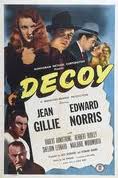 Decoy/1946/Monogram Pictures/76 min.
Decoy/1946/Monogram Pictures/76 min.
She’s hard-boiled and thoroughly heartless. But did I mention that she looks good and gets all the money for herself? English actress Jean Gillie as Margot Shelby in “Decoy” shows American femmes fatales a thing or two about seduction, scheming and betrayal. She’s tougher than any Yank and more creative – tapping science fiction to come up with her brilliant plan to steal her boyfriend’s hidden cash. Discovered and directed by husband Jack Bernhard, Gillie delivers a knock-out performance.





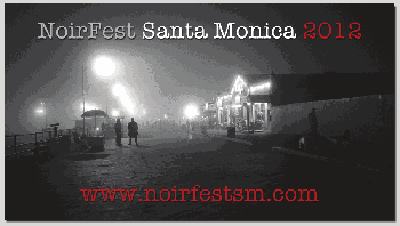
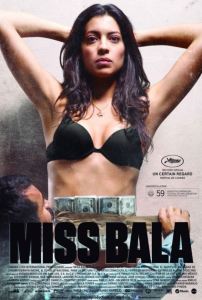
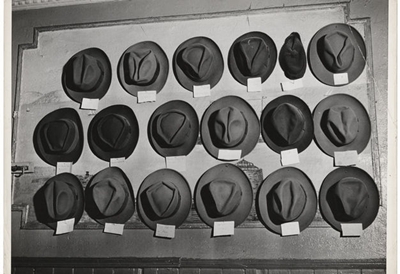
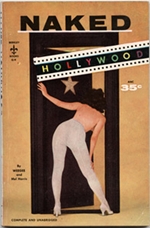
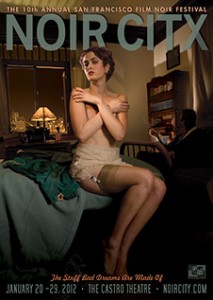
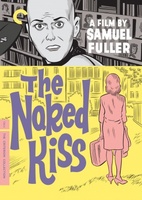
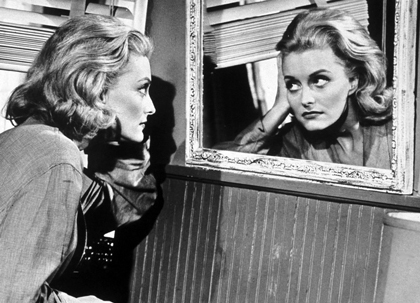

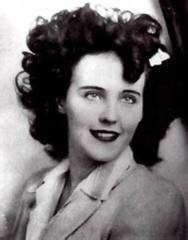
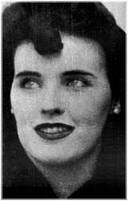
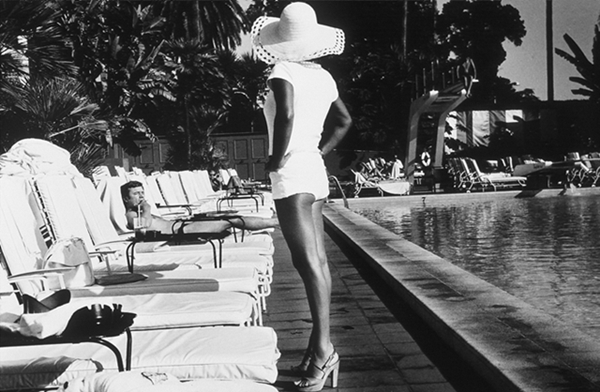
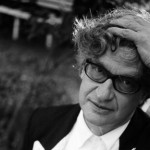
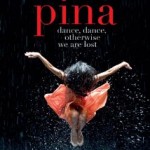

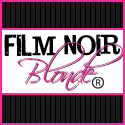



From FNB readers